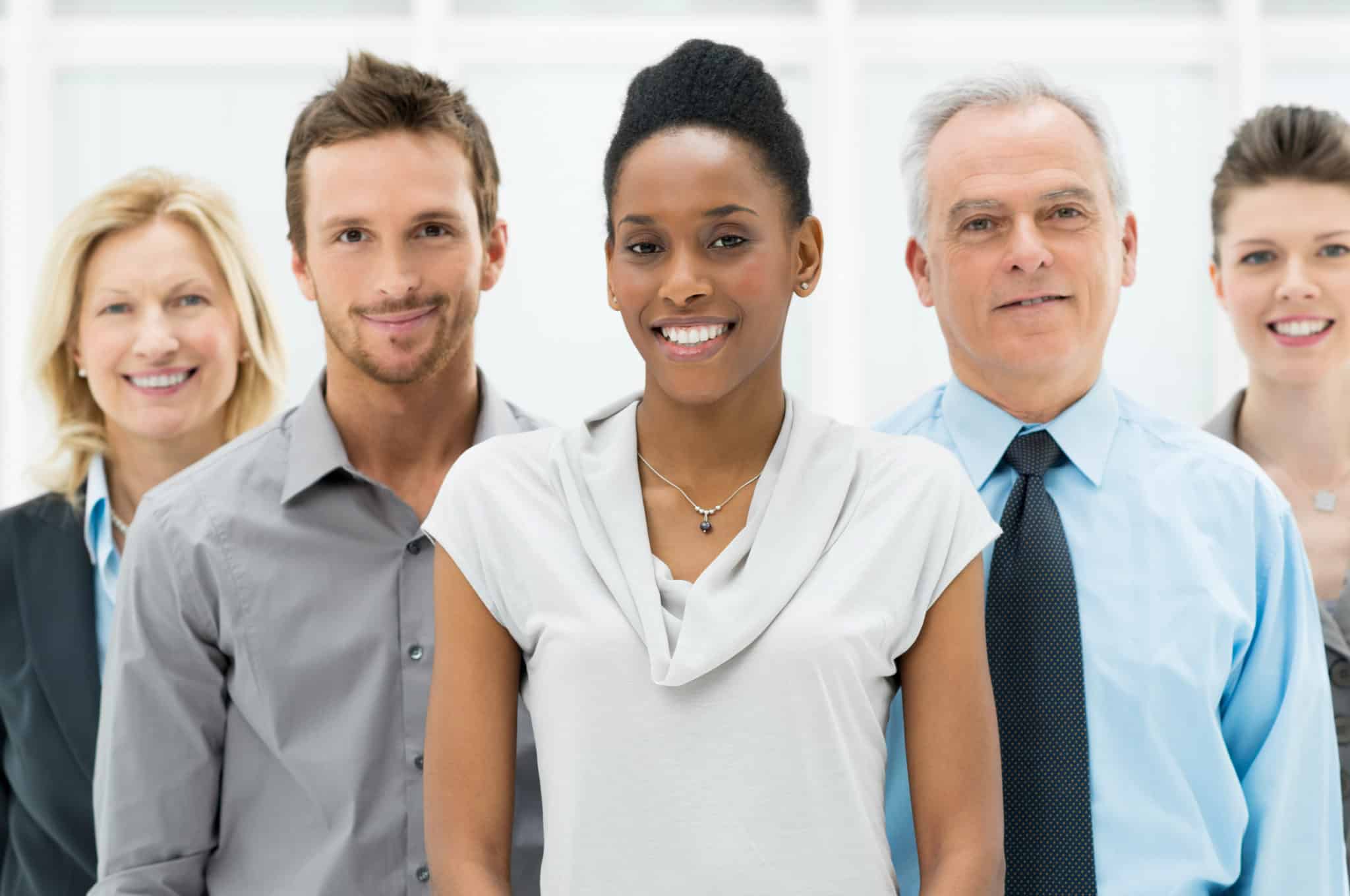The Transformation of the Workplace
Transformation of the workplace has made it the most diverse in history in generational terms.
In a survey a few years ago Trinet, a provider of HR solutions, pointed out that the workplace is now populated by four generations of workers with the latest 20-year-old working alongside colleagues 50 years older.
This is not that novel, and disregards a centuries-old concept of apprenticeship, but the point is taken. Across the spectrum of the workplace, it may well be unique to have four generations comprising significant percentages of the total all at the same time.
The generational transformation of the workforce will impact the traditional roles that each segment plays. For example, Generations X and Y (1965 and later) are becoming the primary service providers while Baby Boomers, who are now retiring, will become the primary customers.
This has external repercussions and, internally, represents a new managerial challenge in that employee engagement and leadership skills call for an understanding of the aspirations and attitudes of all employees.
Five Age Groups
The Trinet report saw five principal demographic categories, with three dominant groups book-ended by the very senior and the very young. Working forward from the oldest we have
The Traditionalists: born before 1946, they are now retiring and taking with them large amounts of knowledge and skill.
Baby Boomers: born 1946-1964 and the bulk of the workforce at 41%. This is rapidly becoming the senior population and expectations are that, as millions retire, they are leaving shortages in high-level professional, managerial and technical positions.
Gen-X: born 1965-1977 comprise 29% of today’s workforce.
Gen-Y: or the much maligned millennials born 1978 and later, contribute 24%. Together, these two dominate with 53% and can be expected to impose upon work environments their expectations and values.
Gen Z: born after 1990 and just coming on stream. Marian Salzman, author of the book Agile PR and often credited for coming up with the word “metrosexual”, sees a return to the source with Gen Z.
“Like their grandparents, with whom they often are close, they have come of age in a time of war as the norm and a sluggish rebound from a financial crisis, “ she writes. “They see digital as a tool (professional and social) to facilitate connection, often more in the real world than on social media. Empathetic and accepting, they are natural collaborators and realistic about challenges. Gen Zers represent some of the best of each previous generation.”
What does this mean to you?
A smooth-running operation is one in which employees share a sense of ownership in what they are doing and respect for others doing it. Since each of these generations have quite distinct aspirations and attitudes, the risk is that they will fail to communicate or work together effectively.
The bottom line impact comes in high turnover rates and associated costs in recruiting, hiring, training and retention.
Averting such a situation means recognizing the separate characteristics and individual desires in play. This may be a more challenging task today than it would have been 10 years ago but quite approachable if we take the time to understand the basic differences between the major segments.
Each generation therefore needs to be valued for the diverse skills, perspectives and attitudes its members bring to the table.






